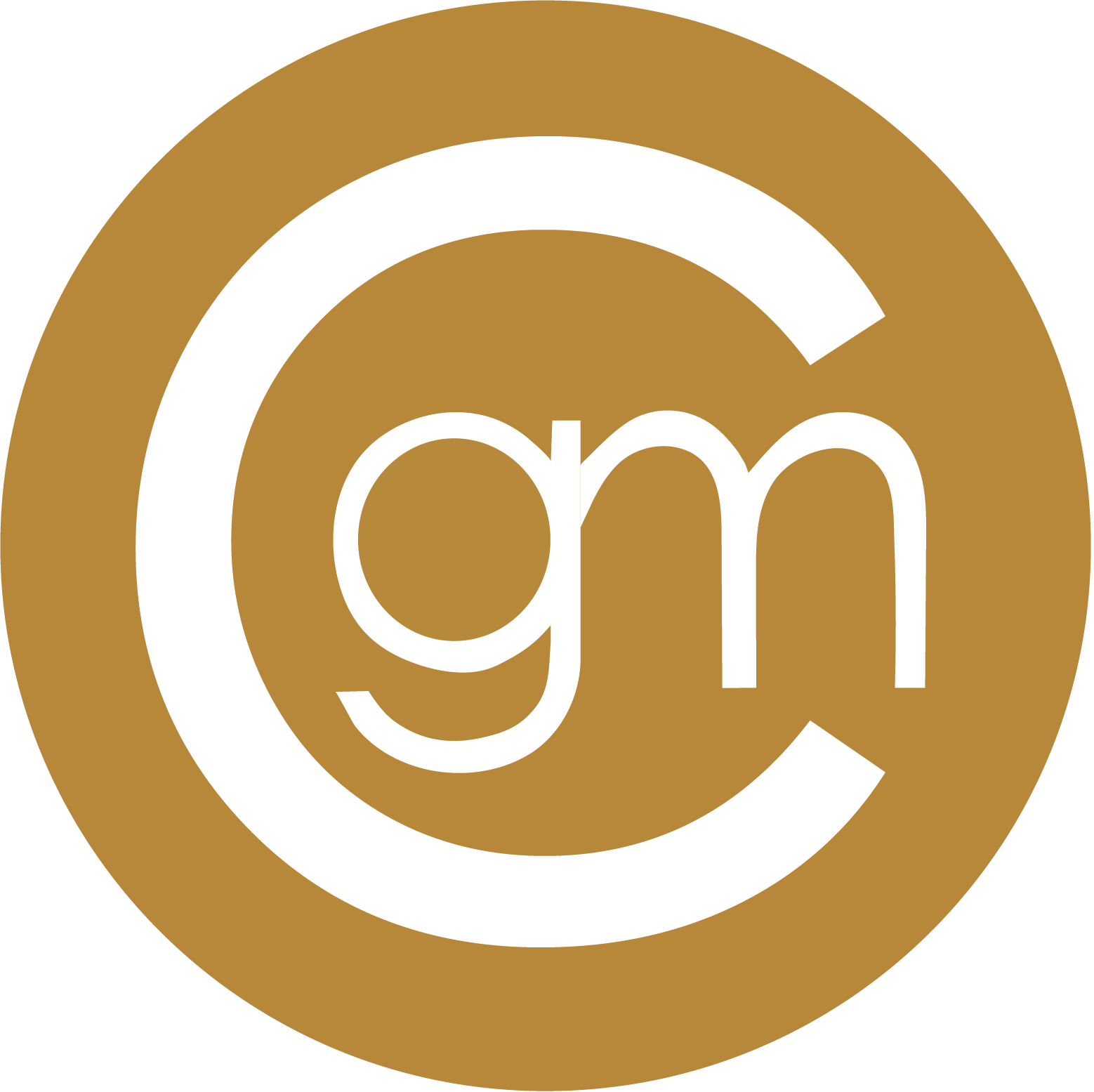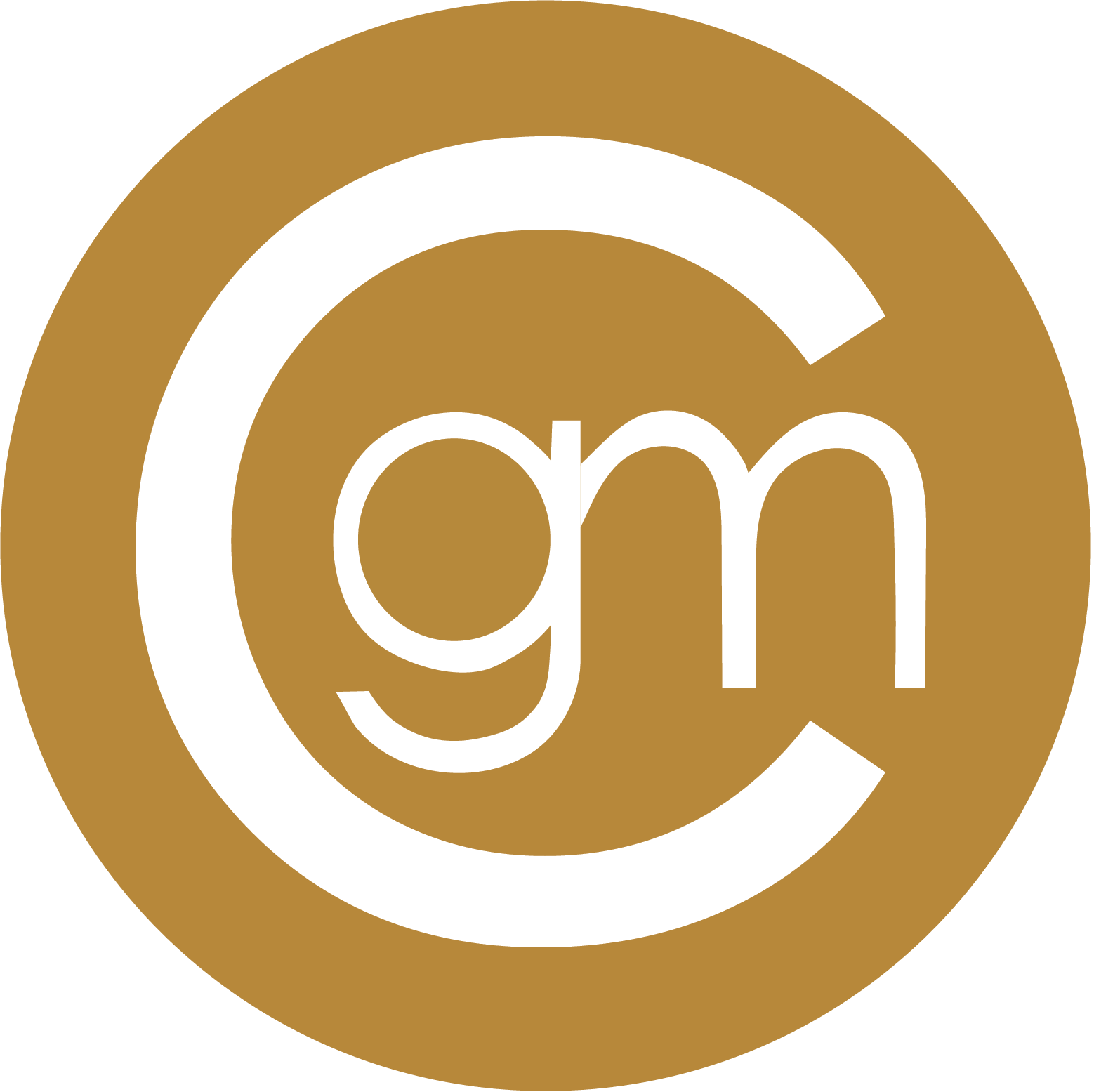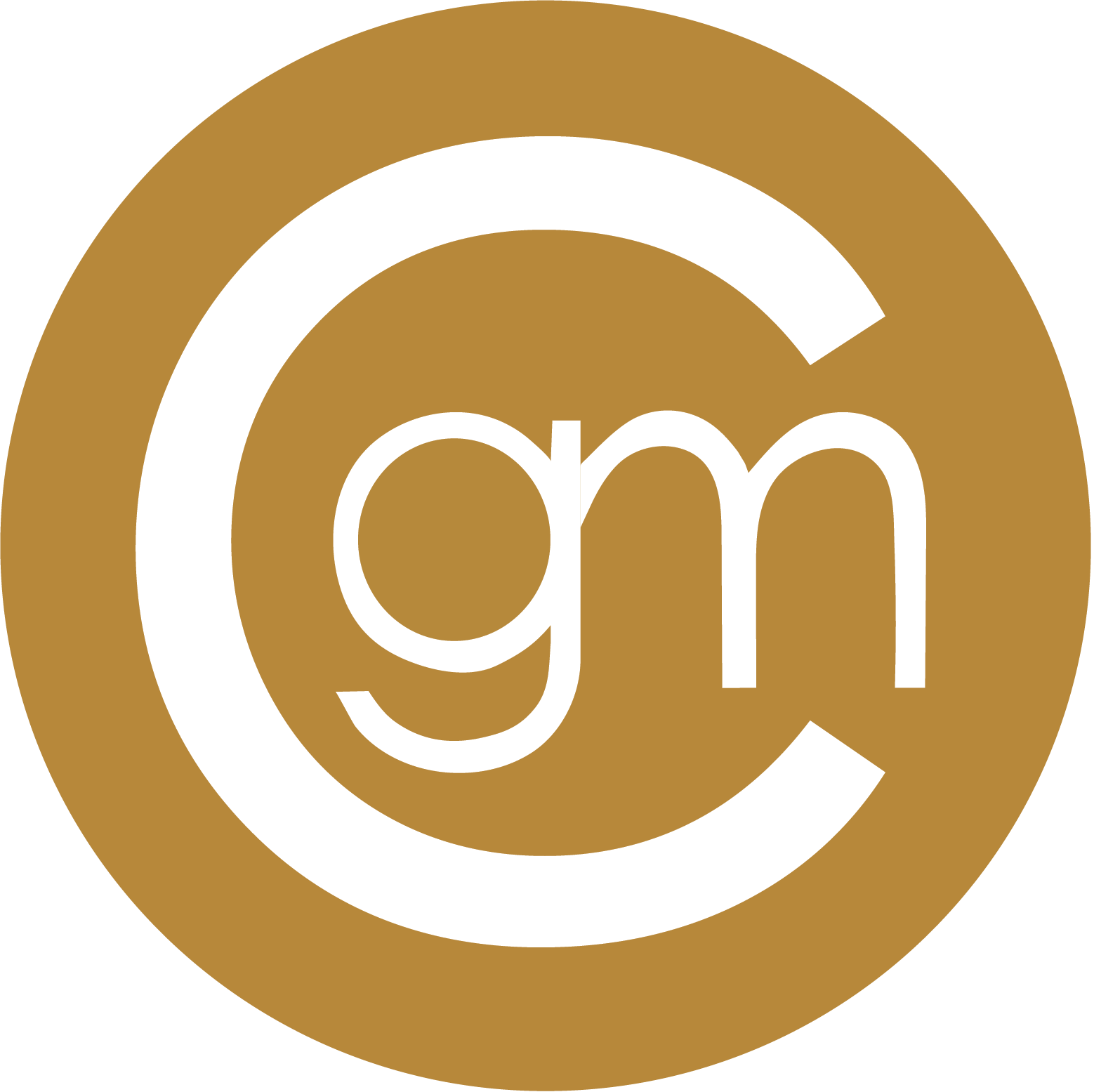As a visual/UX designer, I think it's important to understand all of the areas associated with a UX team (i.e. research, strategy, design). Not only is it fun to learn new things and practice knowledge that might be out of your normal, everyday skill set, it gives you a better appreciation for the skills your fellow team members are bringing to the table.
In addition to all of my visual/UX design skills, I'm also knowledgeable in the areas of web governance (a.k.a. web management, digital governance), specifically: quality assurance, web content accessibility guidelines, WCAG, W3C, strategy) and usability and research (competitive research and analysis, user research, user testing). I'm always looking to boost my information design skills via articles, blogs, online learning, etc.
In addition to all of my visual/UX design skills, I'm also knowledgeable in the areas of web governance (a.k.a. web management, digital governance), specifically: quality assurance, web content accessibility guidelines, WCAG, W3C, strategy) and usability and research (competitive research and analysis, user research, user testing). I'm always looking to boost my information design skills via articles, blogs, online learning, etc.
Quality assurance
During my time at Anoka-Hennepin Schools (as part of my role as communication specialist), I worked to identify and report on quality assurance issues across the district's 40+ websites and helped remediate them through the use of tools like Siteimprove, Google Analytics and Google Search Console. This included broken links, typos, accessibility errors and other issues. Data gathered from these tools helped me understand how users were utilizing the district's websites and to conduct usability tests and make recommendations to the website content management system vendor.
Accessibility
I also have experience with and knowledge of Web Accessibility Initiative (WAI) guidelines and specifications, Web Content Accessibility guidelines and initiatives (WCAG 2.0) and Section 508 federal requirements due to work I did in applying accessibility guidelines to district and school websites. Part of my responsibilities included developing internal web accessibility policies and guidelines for site editors.
Additionally, I studied assistive technologies and accessibility-related software, how to format PDFs to be accessible and how to conduct accessibility evaluations and usability testing for accessibility (which we had hoped to implement to the district's sites later on).
Strategy
In terms of strategy, I worked to develop a system for online governance and design/quality standards for the district. Initially, this took the form of a brand book, but later on expanded to become a resource pack on all things digital and print for the district (similar to a design system). This pack was intended to be a “one-stop shop” for contacts on how to carry out their various communication tasks and stay “on-brand” with district messages and design. My hope was that eventually, it would become the resource for all internal stakeholders to understand the meaning of the district brand.
During my time at Anoka-Hennepin Schools (as part of my role as communication specialist), I worked to identify and report on quality assurance issues across the district's 40+ websites and helped remediate them through the use of tools like Siteimprove, Google Analytics and Google Search Console. This included broken links, typos, accessibility errors and other issues. Data gathered from these tools helped me understand how users were utilizing the district's websites and to conduct usability tests and make recommendations to the website content management system vendor.
Accessibility
I also have experience with and knowledge of Web Accessibility Initiative (WAI) guidelines and specifications, Web Content Accessibility guidelines and initiatives (WCAG 2.0) and Section 508 federal requirements due to work I did in applying accessibility guidelines to district and school websites. Part of my responsibilities included developing internal web accessibility policies and guidelines for site editors.
Additionally, I studied assistive technologies and accessibility-related software, how to format PDFs to be accessible and how to conduct accessibility evaluations and usability testing for accessibility (which we had hoped to implement to the district's sites later on).
Strategy
In terms of strategy, I worked to develop a system for online governance and design/quality standards for the district. Initially, this took the form of a brand book, but later on expanded to become a resource pack on all things digital and print for the district (similar to a design system). This pack was intended to be a “one-stop shop” for contacts on how to carry out their various communication tasks and stay “on-brand” with district messages and design. My hope was that eventually, it would become the resource for all internal stakeholders to understand the meaning of the district brand.
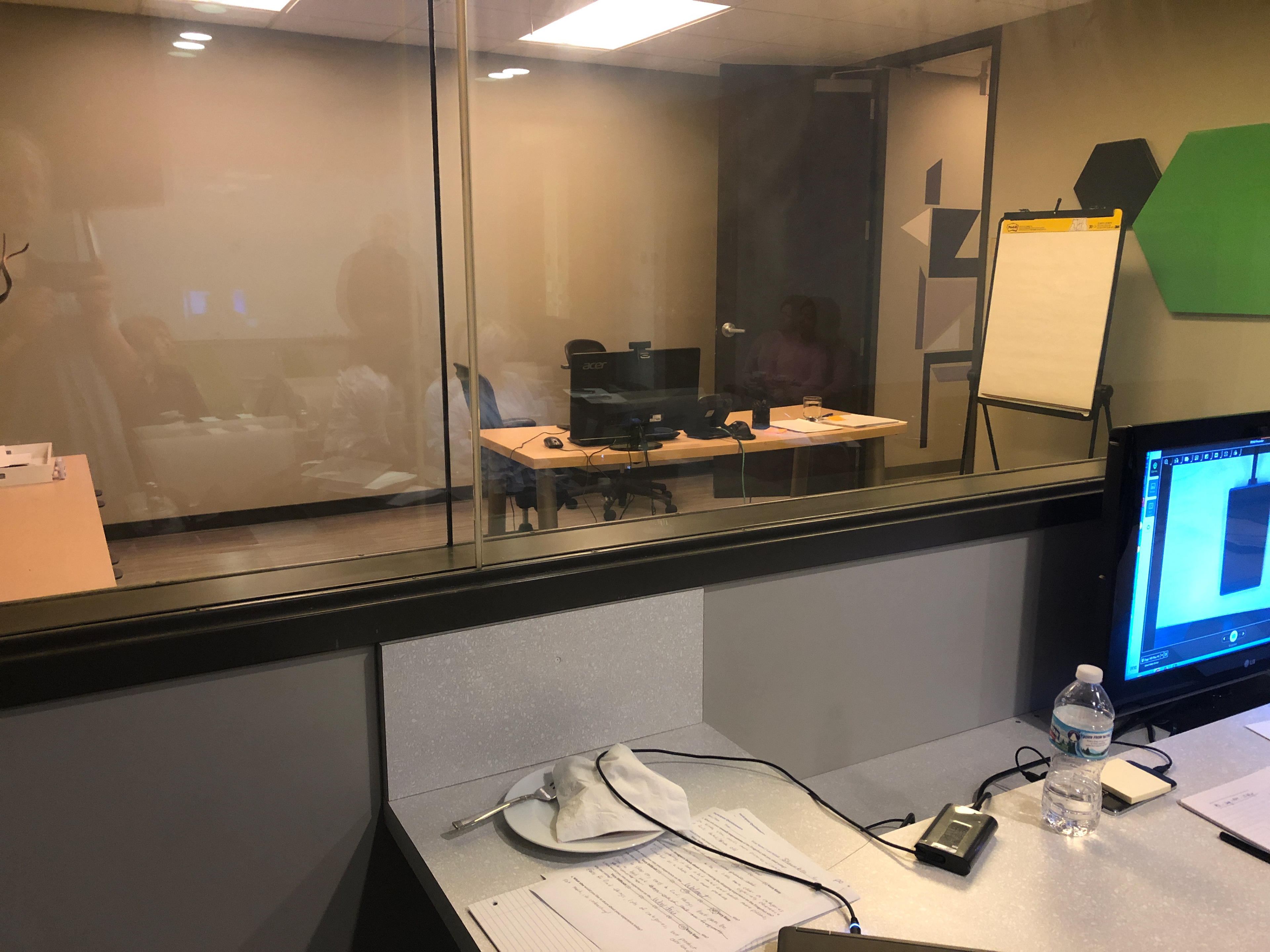
A view from the observation room during usability testing.
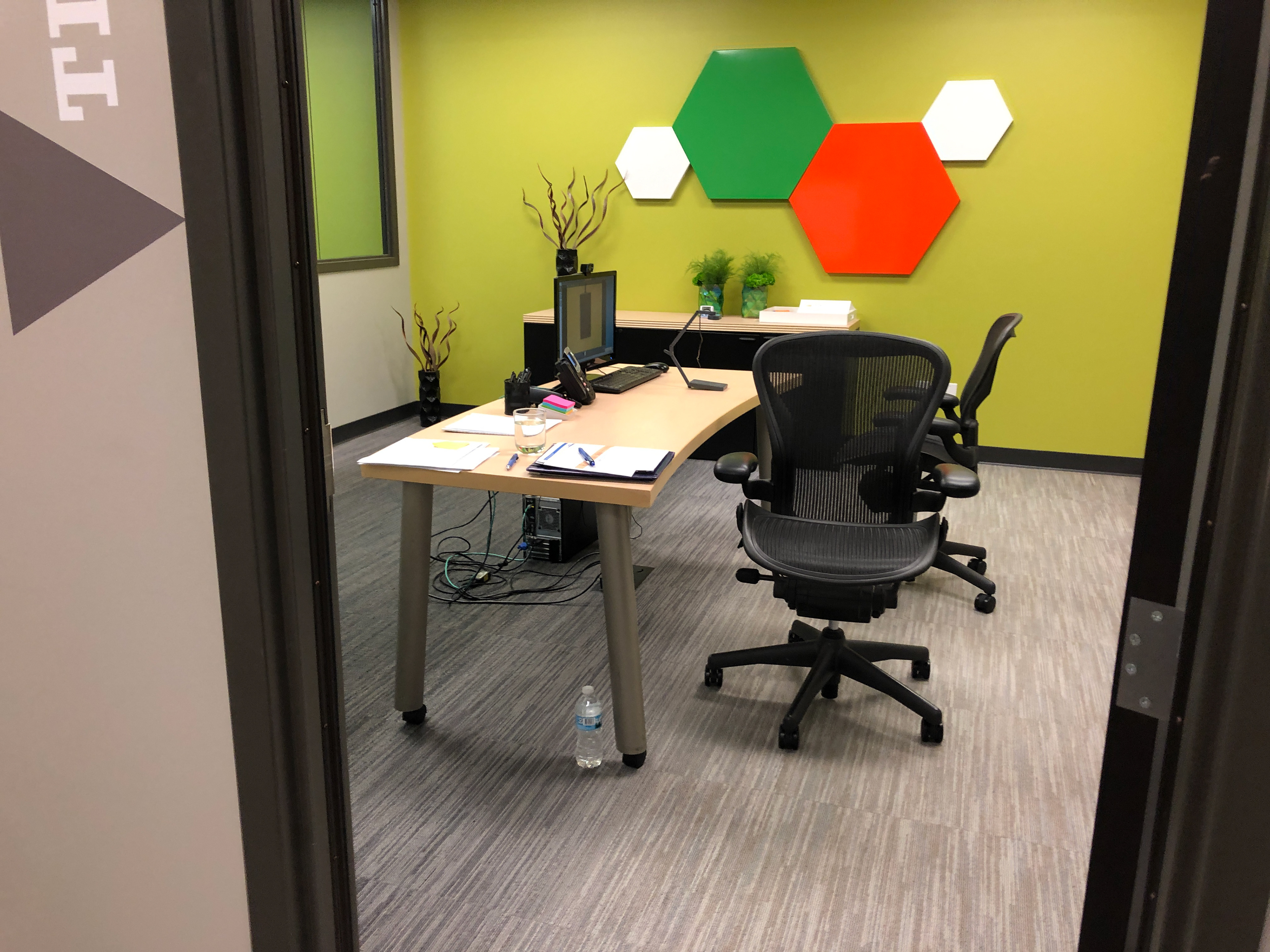
A view of the super cool testing room.
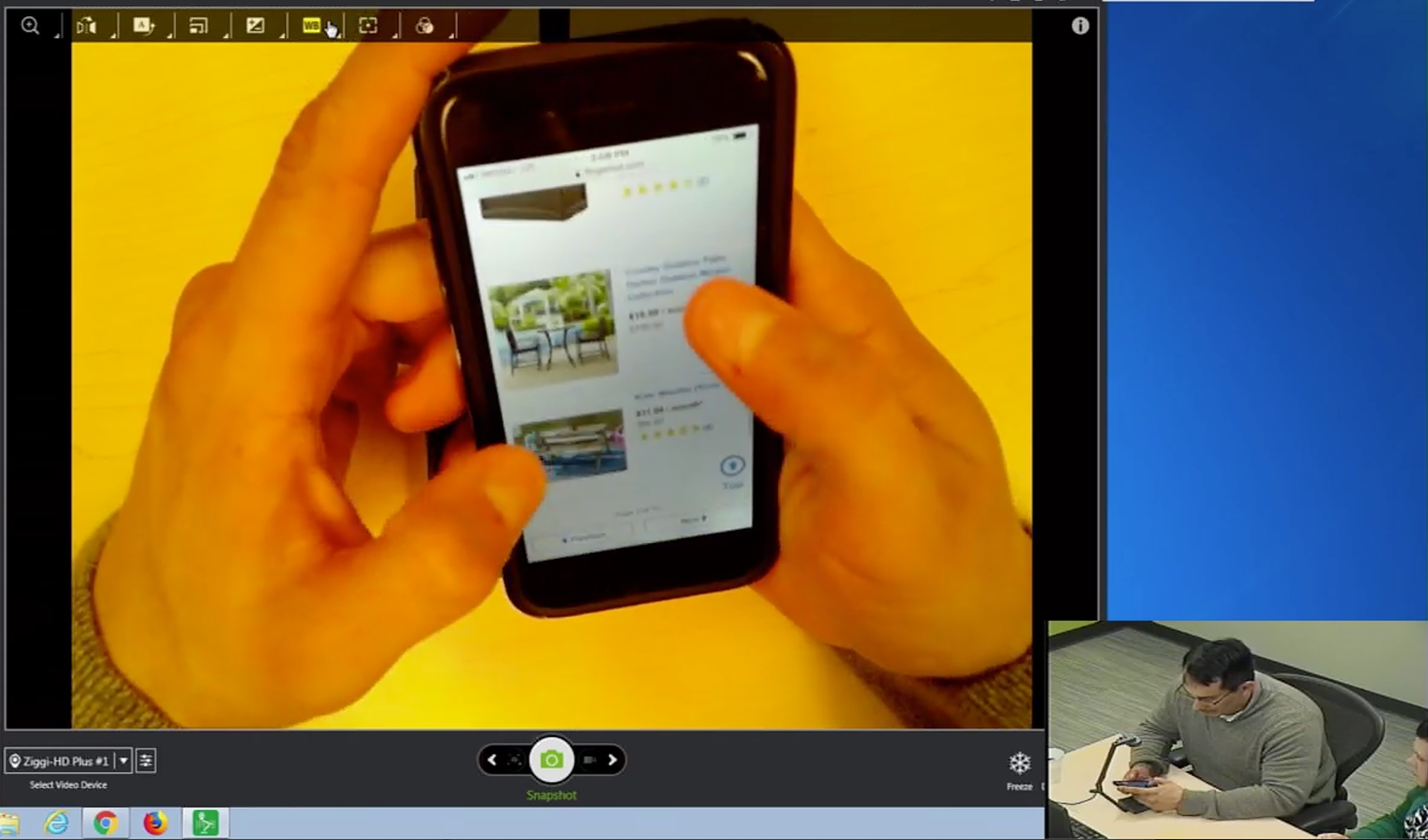
A screenshot from a usability testing session.
Competitive analysis
I conducted competitive research and analysis on a regular basis during my time as a eCommerce/retail UX designer. I focused on competitors that were similar to what my company offered in terms of product pages, shopping cart and checkout experience. This data was then included in feature work I was assigned or others on the UX team were working on.
User research
I conducted competitive research and analysis on a regular basis during my time as a eCommerce/retail UX designer. I focused on competitors that were similar to what my company offered in terms of product pages, shopping cart and checkout experience. This data was then included in feature work I was assigned or others on the UX team were working on.
User research
During my time as a UX designer for an eCommerce/retail company, I took part in user research. Part of my job was to identify user experience (UX) issues from recorded user sessions via SessionCam and then prepare user research recommendations. These summaries were used in larger reports shared with business members and other stakeholders. I viewed more than 150 session of users performing various actions, including a focus study on how users were interacting with PayPal as a method of payment.
Usability testing
During my time as a UX designer for an eCommerce/retail company, I took part in usability testing. I observed user interactions during usability testing sessions for two of the company's brands and then prepared summaries based on what I learned. These summaries were used in larger reports shared with business members and other stakeholders. The sessions were conducted by a professional firm with the UX team observing in the next room.
For one of the session, I contributed to the feature work that was being tested. It was pretty thrilling to see something I helped create in action! A positive outcome from that particular session was that users found the experience to be good and we didn't have to make major changes.
Usability testing
During my time as a UX designer for an eCommerce/retail company, I took part in usability testing. I observed user interactions during usability testing sessions for two of the company's brands and then prepared summaries based on what I learned. These summaries were used in larger reports shared with business members and other stakeholders. The sessions were conducted by a professional firm with the UX team observing in the next room.
For one of the session, I contributed to the feature work that was being tested. It was pretty thrilling to see something I helped create in action! A positive outcome from that particular session was that users found the experience to be good and we didn't have to make major changes.
